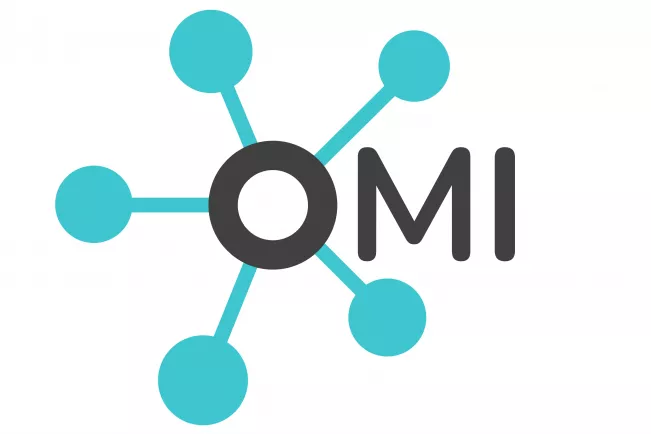OMI

Research project at a glance

Departments and Instituts
Funding type
Period
01.09.2021 to 31.08.2024
Project Description
Problem description
A successful mobility turnaround requires a shift from motorized individual transport to intermodal locomotion by means of alternative mobility offerings. However, there are major hurdles on both the supply and demand side that make this paradigm shift more difficult. Local players, for example, lack the technological infrastructure to provide shared mobility services, while commercial providers offer their vehicles primarily in urban areas. In addition, users face the challenge of a complex coordination process using various apps. There is not yet an overall concept that links existing services such as public transport.
Objective/idea of the project
The OMI (Open Mobility Infrastructure) project creates a digital infrastructure consisting of three human-technology interfaces and a middleware. Local players can provide their own shared mobility offers via a self-service portal, and users receive an app in the form of the mobility assistant, which offers seamless access to the region's entire mobility offer and turns the smartphone into a digital vehicle key. In addition, existing services will be networked via open interfaces, thus creating a mobility experience that spans all services.
Process
In the first step of the project, socio-technical and technical requirements for the development of an open mobility infrastructure will be identified. In addition, ethical, legal and social implications will be investigated and a data protection concept will be drawn up. The identified requirements form the basis for the subsequent research and development process. Finally, user-centered testing is carried out with the help of a demonstrator together with practical partners.
Role of H-BRS
The Bonn-Rhein-Sieg University of Applied Sciences accompanies the OMI project as a partner and coordinates user acceptance and transfer in the project. In addition, it has a research focus in the area of machine learning for user-centered mobility planning and supports the development process in this area. Furthermore, she is responsible for the empirical requirements survey of end users in the context of modern shared mobility offers.
Links
Related links


